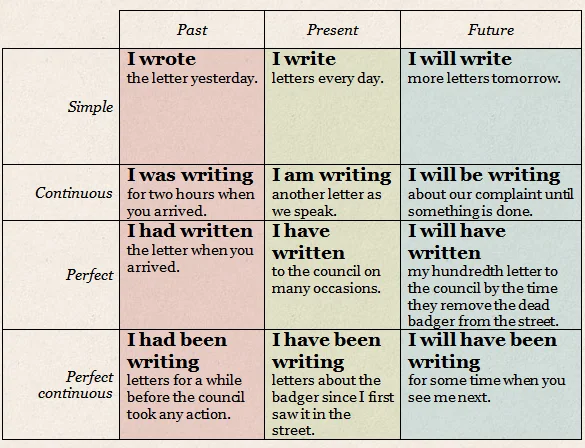English Tenses Guide
Saying “I walk fast” is not the same as saying “I am walking fast.”
But what’s the difference?
To understand why the two sentences are different, you need to understand English tenses. Tenses tell you when something happens. Getting the tense wrong in a sentence can lead to confusion and misunderstandings.
Learning English tenses can seem difficult at first, but all you need to do is remember a few sentence structures, and learn a few simple rules.
There are just three essential tenses in the English dialect: the past, the present, and the future. The past tense is utilized for anything that occurred before this minute in time. The present tense is utilized for anything that happens at this moment or for general articulations. The future tense is utilized for anything that will occur sooner or later than right at this point.
(There is additionally a perfect tense, yet this article will adhere to the three essential tenses depicted previously.)
Obviously on the off chance that it were that straightforward, you wouldn't read this guide! These tenses have a couple of varieties that make them more particular. These varieties discuss the correct time during which activities happen. Every one of the three tenses have two primary sorts of varieties: simple and continuous. The continuous tenses are utilized for activities that happen more than once over a timeframe.
The basic tenses are used for everything else!
==Click on images to enlarge==









Post a Comment